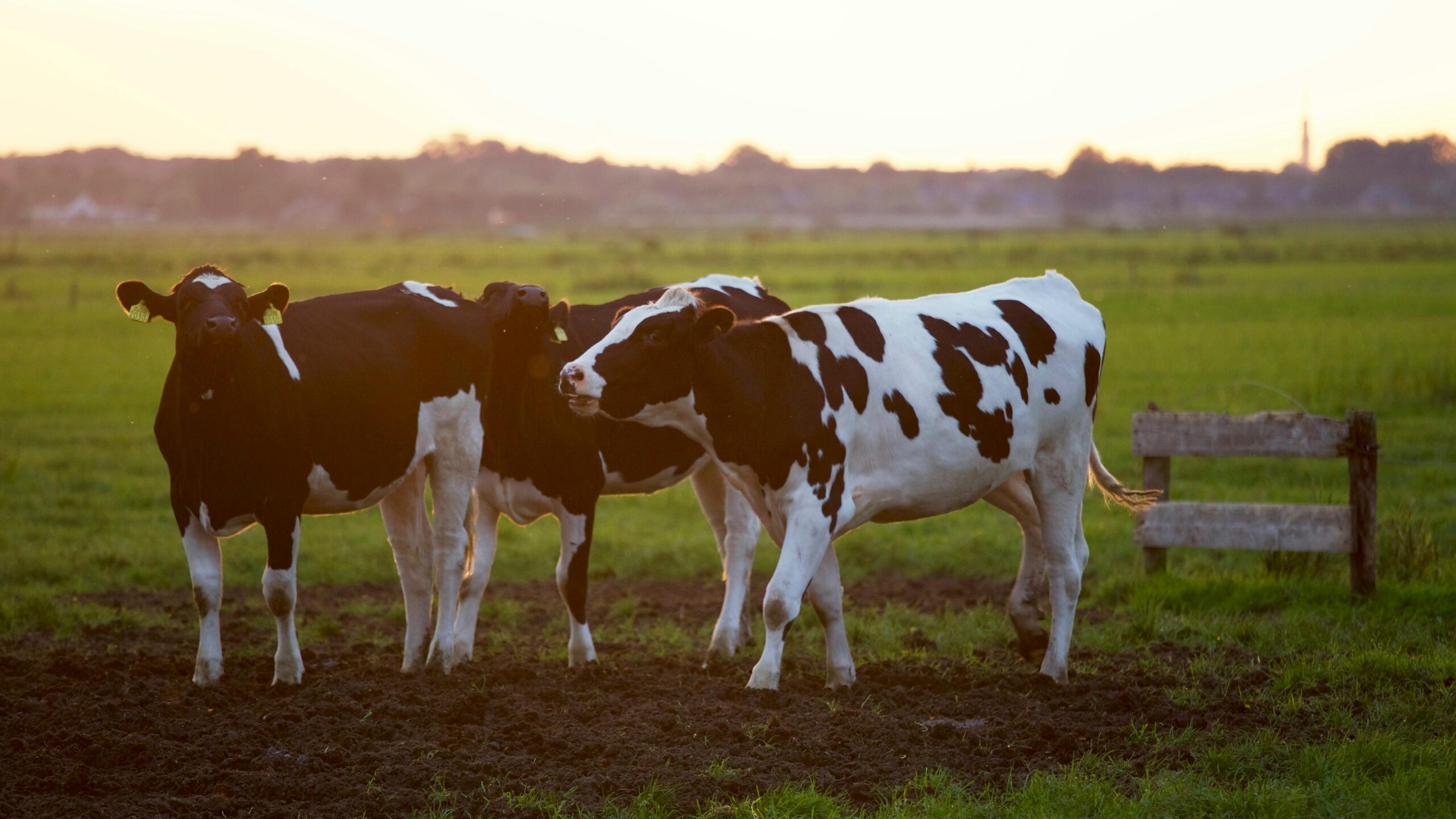Contents
- 1 Understanding Fat Cattle Prices Today: A Comprehensive Guide
- 2 Fat cattle prices today intro
- 3 The Basics of Fat Cattle Pricing
- 4 Current Trends in Fat Cattle Prices
- 5 Factors Influencing Fat Cattle Prices
- 6 Regional Variations in Fat Cattle Prices
- 7 The Role of Government Policies on Fat Cattle Prices
- 8 How Technology is Changing Fat Cattle Pricing
- 9 What is a 1200-pound steer worth?
- 10 What is a 900 lb steer worth?
- 11 What month is best to sell fat cattle?
Understanding Fat Cattle Prices Today: A Comprehensive Guide
Fat cattle prices today intro
As the agricultural industry continues to evolve, it is important for farmers and investors to stay up to date on current market trends. One key factor in this market is the fluctuation of fat cattle prices today. These prices play a crucial role in the profitability and sustainability of cattle ranching, making it essential to understand the various factors that influence them.
In this comprehensive guide, we will delve into the intricacies of fat cattle prices, from their definition and measurement to the major drivers and their impact on the industry. By the end, you will have a better understanding of how to navigate the live cattle market and make informed decisions based on the latest fat cattle prices today.
The Basics of Fat Cattle Pricing
Understanding the fundamentals of fat cattle pricing is crucial for anyone involved in the cattle market. Fat cattle prices today are determined by a variety of factors including supply and demand, feed costs, and the overall health of the economy. These prices are typically quoted per hundredweight (cwt) and can fluctuate daily based on market conditions. Auction markets are one common venue where these prices are set, with buyers and sellers coming together to negotiate based on the current market demands and projections.
Additionally, futures contracts on commodity exchanges can also influence current fat cattle prices by providing a forecast of price trends. It’s important to recognize that the pricing of fat cattle is not only about the current weight and condition of the cattle but also involves speculating on future market conditions. By staying informed about these basic pricing mechanisms, stakeholders in the cattle industry can better strategize their buying, selling, and holding decisions, adapting to the ever-changing dynamics of the market.
Current Trends in Fat Cattle Prices
In recent times, the trends in fat cattle prices today have seen a dynamic shift, influenced by a complex interplay of global market forces and domestic policies. Currently, we are witnessing a period of volatility in the market, with prices reacting sensitively to changes in supply chain dynamics, feed costs, and consumer demand patterns. Seasonal factors also play a critical role, with prices typically experiencing fluctuations as demand varies across different times of the year. Technological advancements and improved farming practices have introduced a new level of efficiency in cattle farming, yet they also bring their own challenges to pricing strategies.
The international trade environment, including tariffs and trade agreements, continues to impact fat cattle prices by either opening up new markets or restricting access to existing ones. Moreover, environmental factors and concerns over sustainability are increasingly influencing consumer preferences, which in turn affects market demand and prices. Understanding these trends is crucial for stakeholders to navigate the complexities of the market and make strategic decisions in the face of ongoing changes.
Factors Influencing Fat Cattle Prices
Several key factors significantly influence fat cattle prices today, weaving a complex network of causes and effects within the agricultural market. Firstly, the cost of feed is a paramount concern, as higher feed prices can reduce profit margins for cattle ranchers, thereby impacting the selling price of fat cattle. Weather conditions also play a vital role; droughts, floods, or other extreme conditions can affect feed availability and quality, leading to fluctuations in cattle prices due to altered supply levels. Disease outbreaks among cattle populations can have a dramatic effect, potentially causing widespread culls that decrease supply and increase prices.
Consumer demand is another critical factor, with preferences for beef quality, type, and production methods (such as grass-fed or organic beef) influencing market prices. Additionally, export markets offer opportunities and challenges, as international demand can lead to increased prices, but also exposes producers to global market volatility. Finally, regulatory changes and health advisories can sway public consumption trends, thereby affecting the demand side of the equation. Each of these factors contributes to the ebb and flow of fat cattle prices, requiring stakeholders to stay informed and agile in their operational strategies.
Regional Variations in Fat Cattle Prices
The landscape of fat cattle prices today is not uniform across different regions, which adds another layer of complexity to the market. Geography plays a significant role in dictating the price of fat cattle due to varying feed costs, labor availability, and consumer demand within different locales.
For instance, regions with abundant feed resources might experience lower production costs, thereby affecting the local market prices for fat cattle. Similarly, areas with high demand for beef, either due to cultural preferences or population density, can witness higher cattle prices. Regulatory environments also contribute to regional price differences, as states or countries with strict farming regulations may have higher operational costs, which in turn can influence the selling prices of fat cattle.
Additionally, transportation costs to bring cattle to market can vary greatly depending on distance and logistics infrastructure, impacting the final prices paid by buyers. Understanding these regional variations is crucial for producers and investors looking to maximize their returns in the fat cattle market, as it allows for strategic decisions about where and when to buy or sell cattle.
The Role of Government Policies on Fat Cattle Prices
Government policies can have a profound impact on fat cattle prices today, influencing the market in both direct and indirect ways. Subsidies for the cattle industry can lower production costs, allowing farmers to sell at competitive prices while still maintaining profitability. On the other hand, import tariffs and trade barriers can increase the cost of beef in the domestic market by limiting the supply of foreign beef, thereby potentially driving up the price of local fat cattle. Additionally, health and safety regulations, while necessary for ensuring public well-being, can also increase operational costs for cattle producers, which may be passed on to buyers in the form of higher prices.
Environmental regulations aimed at reducing the ecological footprint of cattle farming can also impact costs and, consequently, prices. These government actions reflect a delicate balance between supporting the agricultural sector, protecting consumer interests, and addressing environmental concerns. Navigating this landscape requires a keen understanding of current policies and an ability to anticipate changes that may affect the cattle market and fat cattle prices today.
How Technology is Changing Fat Cattle Pricing
In the realm of agriculture, technology is a game-changer, especially in how it’s reshaping the way we understand fat cattle prices today. Advanced data analytics and predictive modeling are now at the forefront, offering unprecedented insights into market trends and pricing forecasts. This enables stakeholders to make more informed decisions by analyzing vast amounts of data on weather patterns, feed costs, and consumer demand trends in real-time.
Additionally, blockchain technology is enhancing transparency in the cattle supply chain, allowing for more accurate and fair pricing by providing clear records of cattle origin, health, and treatment. Remote sensing technologies and IoT devices are also revolutionizing cattle management and health monitoring, potentially reducing costs and improving the quality of beef, which in turn can affect fat cattle prices.
These technological advancements are creating a more efficient, transparent, and responsive market, enabling a better alignment of supply with consumer demand and potentially stabilizing volatile fat cattle prices. As technology continues to evolve, its impact on the cattle market promises to be significant, offering new tools and opportunities for managing pricing complexities in the digital age.
What is a 1200-pound steer worth?
Understanding what a 1200-pound steer is worth can significantly impact both the selling and buying sides of the livestock market. The value of a steer at this weight is influenced by several factors including the current market demand, feed prices, and the quality of the animal itself. For sellers, knowing the worth of their 1200-pound steer can help in setting a competitive yet fair price, ensuring a good return on their investment. Buyers, on the other hand, need this information to negotiate prices and make informed purchasing decisions that align with their budget and livestock needs.
Market trends show that prices can fluctuate widely, with factors such as geographical location and time of year playing pivotal roles. Generally, a 1200-pound steer might be worth anywhere from $1.20 to $1.80 per pound in the current market, translating to an approximate range of $1,440 to $2,160. However, these figures can vary, emphasizing the importance of staying updated with the latest market reports.
In conclusion, whether you’re looking to sell or buy a 1200-pound steer, understanding its worth is crucial. This knowledge not only helps in making strategic decisions but also ensures both parties can negotiate deals that are fair and reflective of the steer’s true value.
What is a 900 lb steer worth?
In summarizing the insights gained, it’s clear that determining what a 900 lb steer is worth involves a multifaceted approach. The value of such an animal depends on several critical factors, including market demand, feed costs, weight, grade, and geographical location. While prices can fluctuate, understanding the baseline factors that influence the worth of a 900 lb steer can guide buyers and sellers toward making informed decisions. This comprehensive exploration provides the necessary tools and knowledge to navigate the complexities of the cattle market effectively.
Remember, the true worth of a 900 lb steer is not a static number but a reflection of current market conditions, quality of the animal, and economic factors at play. Armed with this understanding, stakeholders in the livestock market can better anticipate changes, adapt strategies, and optimize their returns or investments.
What month is best to sell fat cattle?
In the dynamic world of livestock markets, determining what month is best to sell fat cattle involves understanding and navigating market uncertainties. Seasonal trends, feed costs, and consumer demand all play pivotal roles in shaping market conditions. Historically, the market tends to favor sellers in the spring months when demand for beef increases with the approach of grilling season.
However, external factors such as economic downturns, changes in export demand, and unpredictable weather conditions can all significantly influence market prices and the ideal timing for sales. To mitigate these uncertainties, sellers are advised to stay informed on market forecasts and consider diversifying their sales strategy to include future contracts or other financial instruments that can help lock in favorable prices.
Additionally, maintaining flexibility in the timing of sales and keeping a close eye on feed costs versus market prices can aid in maximizing returns despite market fluctuations. Understanding these factors is crucial in identifying what month may be best to sell fat cattle, but always with the caveat that market conditions are subject to change.

